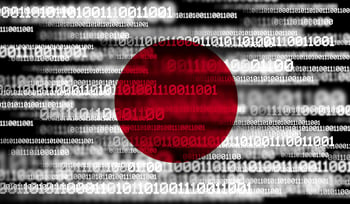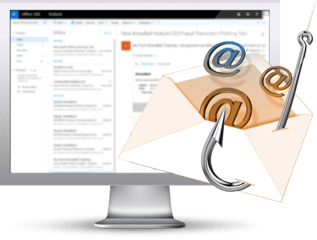 The number of reported cases of phishing to Japan’s Council of Anti-Phishing reached over 100,000 in July, just as a notice of scams impersonating Japan’s National Tax Agency is released.
The number of reported cases of phishing to Japan’s Council of Anti-Phishing reached over 100,000 in July, just as a notice of scams impersonating Japan’s National Tax Agency is released.
Even Japan continues to work to address the mass increases in phishing attacks on both individuals and organizations, According to the Council of Anti-Phishing, the number of phishing cases reached just shy of 108,000 cases reported in a single month. This comes at a time when the Council also reported over 49,000 phishing websites detected in the same month. For reference, in all of 2021, 526,000 cases in 12 months, according to the Council.
These numbers represent a record high in Japan.
Last month, the Council also released a notice informing Japanese citizens of a new phishing and vishing scam that impersonates the National Tax Agency, informing recipients that they have delinquent taxes that need to be paid, soliciting personal details and credit card information. This specific campaign comes at a time when phishing attackers already impersonate over 100 companies and organizations including banks and mobile carriers.
The Council of Anti-Phishing asks that individuals pay special attention when receiving emails and texts with unexpected messages – something regularly taught to employees within organizations who undergo continual security awareness training.
 Here's how it works:
Here's how it works:




